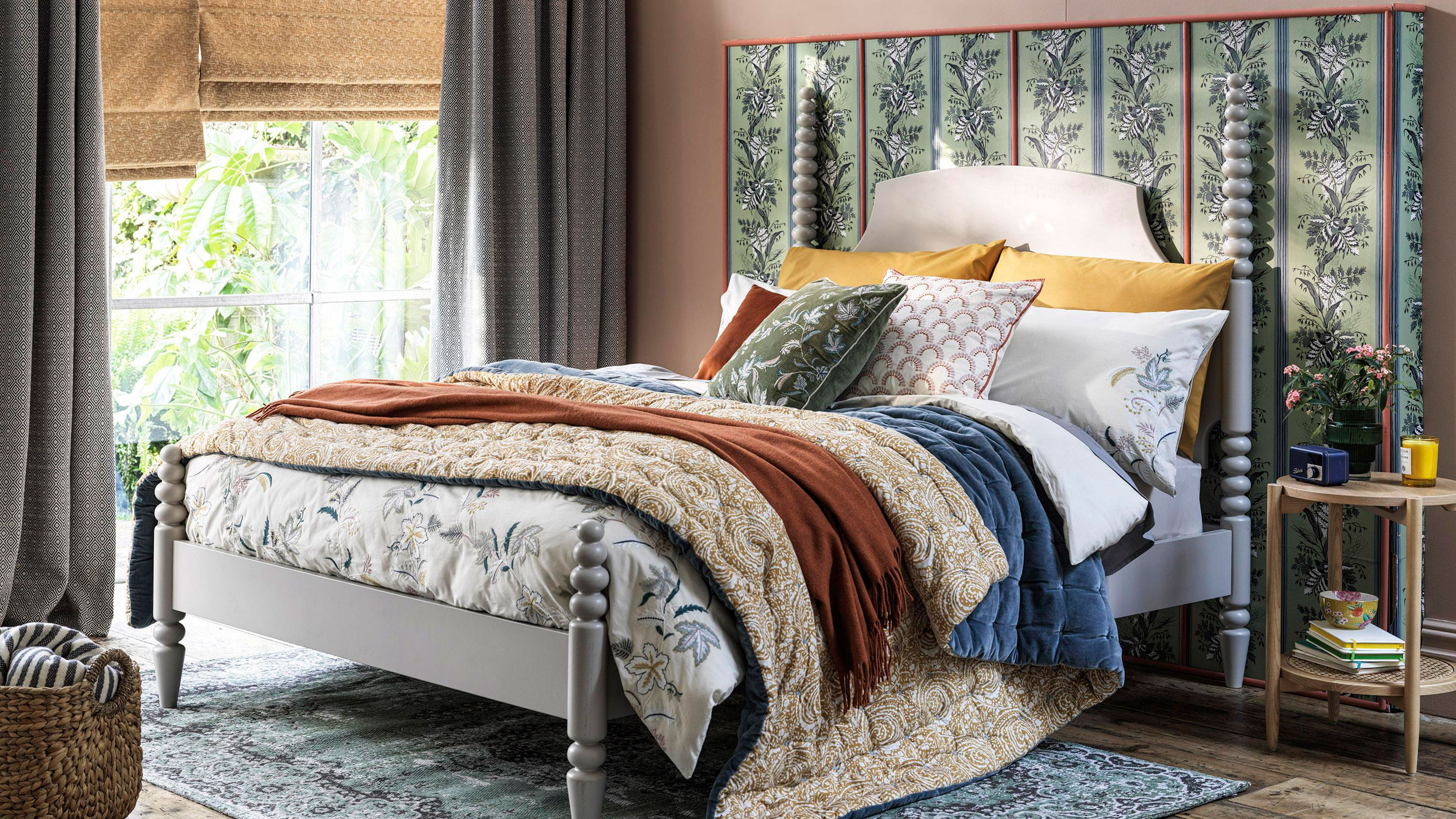
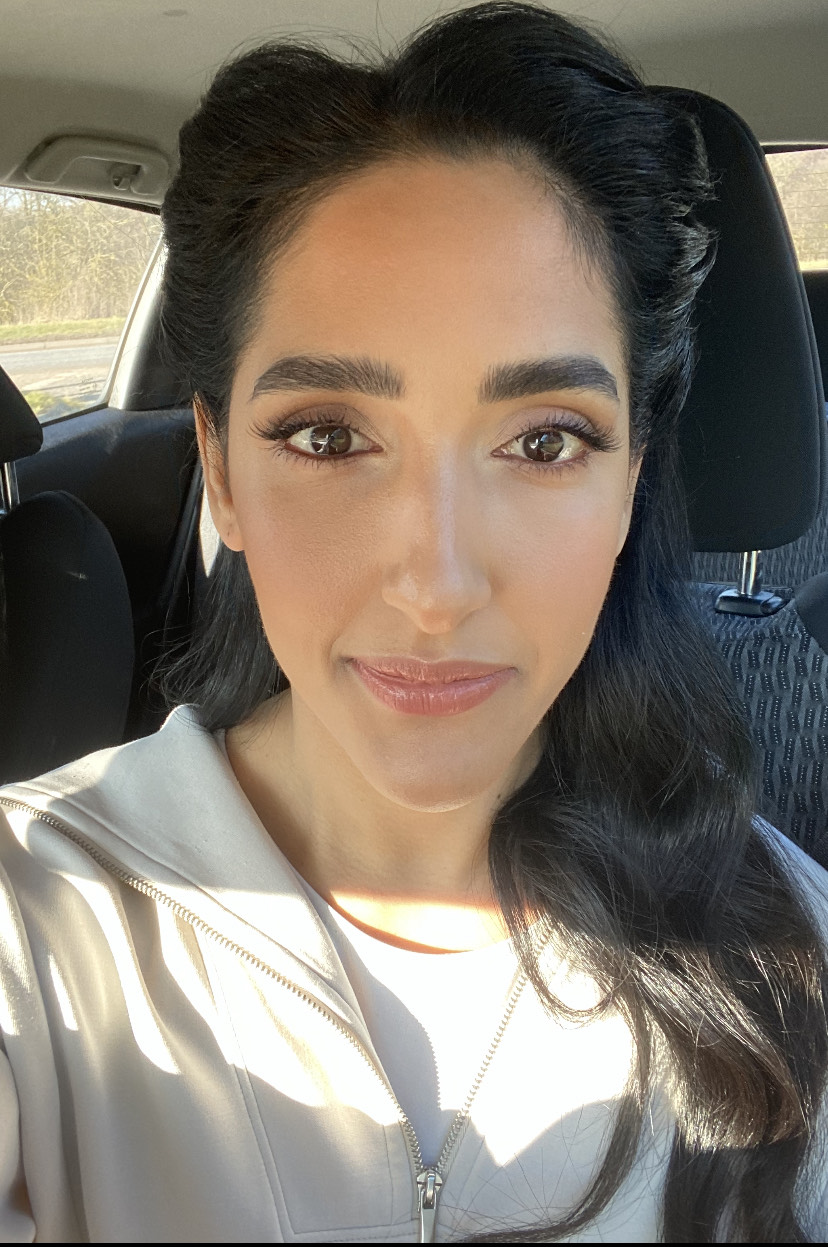
Hebe Hatton
If you're wondering 'what is the best thread count for sheets?', you needn't lose sleep over this question, as it turns out quite a few people don't actually know!
We get it: you're buying sheets, deciding on fabrics, colors and patterns (AKA, all the fun stuff), and this jargon terminology keeps popping up. Now we probably all have a basic idea of what thread count means – you want high-quality sheets you want a high thread count, yes? Well, no actually... not always.
We've got as scientific as homeware gets and unpicked the myth (with the help of experts) on thread counts. What exactly is thread count, what's the best thread count and does thread count even matter? We unravel the answers.
Read on to find out what in fact you should be looking for when buying the best bed sheets...
What is the best thread count for sheets?
With thread counts in the hundreds being proudly listed on the specs of bedding, it is no wonder we all assume that a higher thread count is a good thing.
Thread counts range from as little as 180 to over 1,000 and prices do tend to go up the higher the thread count. But really, there are only so many threads you can fit into a square inch of fabric and that amount does depend on the thickness of the yarn, so most sheets tend to naturally be around 200–400 thread count.
Therefore, there isn't a set number for a good thread count. Textile quality is contextual.
So when faced with sheets with different thread counts, how do you choose the best? It helps to understand thread count a little more.
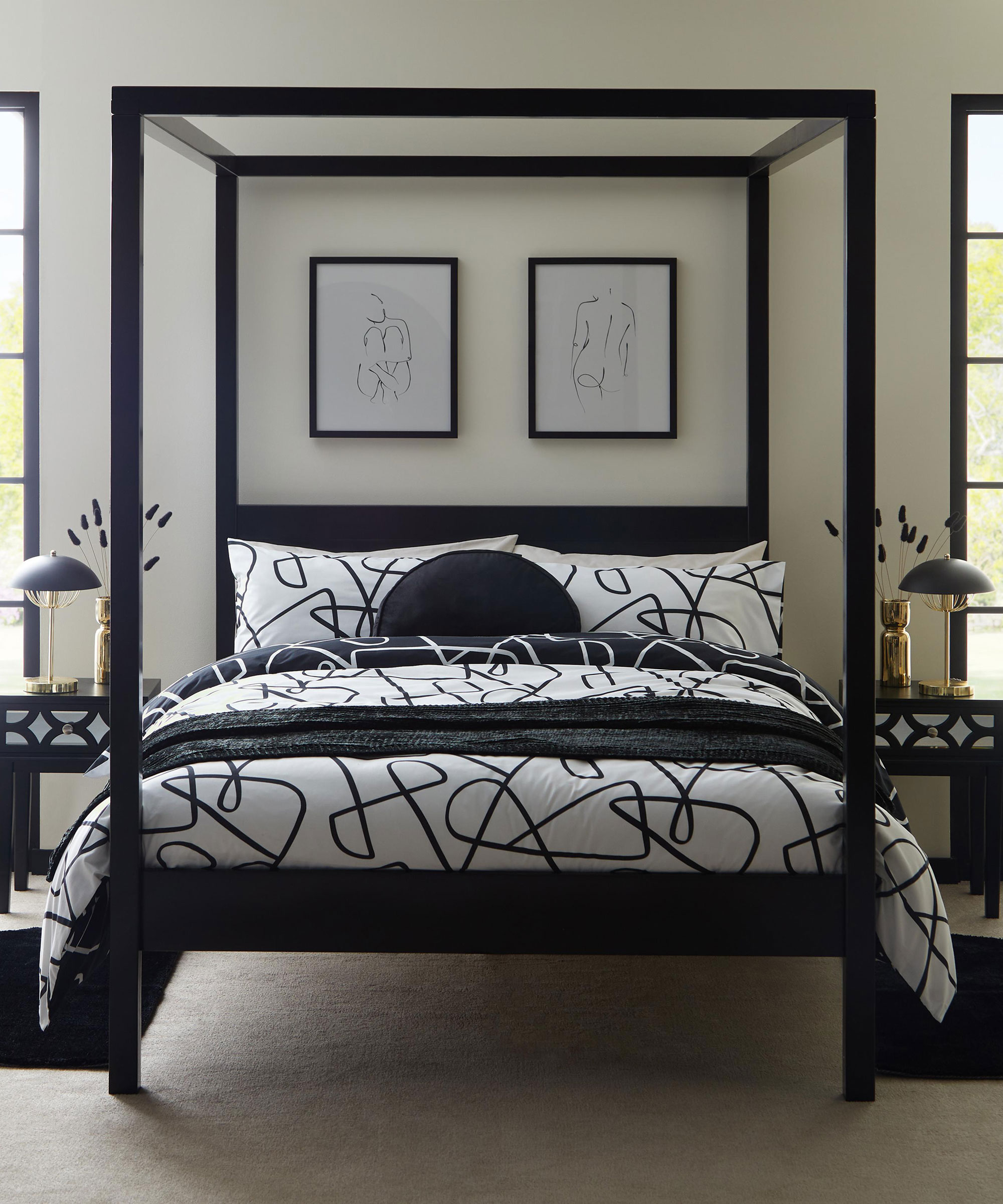
What exactly is thread count?
Let's start at the beginning, what is thread count?
'The thread count of a duvet refers to how many cotton threads are in a square inch of the material.' explains Farah Arshad, head of design at DUSK.com. 'This number is worked out by counting the number of horizontal and vertical threads within the fabric. Generally speaking, the higher the thread count, the higher the quality of the material, but this may mean bed linen is higher maintenance.'
For context, Martin Seeley, CEO and sleep expert at MattressNextDay says that: 'Hotels tend to use bedding with a high thread count as the higher, the softer. Ideally, you be sleeping in a duvet cover with a 250 to 300-thread-count mark.'
However, the marketing of high thread count means that many manufacturers want stand-out numbers on their products. This is where it gets a bit more sneaky and why thread counts aren't always the best thing to focus on when buying your sheets.
'Thread count has been given a hugely exaggerated importance in the world of bedding and as a result it holds a perceived value of better quality. The truth is that a higher thread count doesn’t always mean quality bedding – it’s the quality of the threads (not the number of threads) which counts.' explains Jo James, founder of Bedfolk.
'In reality, it’s only possible to fit a limited number of threads in this space. The exact number depends on the thickness of the yarn but it’s usually a count of around 300–400. To get around this, manufacturers commonly wrap individual cotton yarns around each other to create plait-like threads called a multi-ply yarn.'
Multi-ply yarn is a way for brands and manufacturers can create high thread count sheets that are technically above the limit that would naturally fit in per square inch by wrapping yarns around each other (think of a French braid).
Now there's nothing wrong with multi-ply sheets, but they tend to produce heavy and thick sheets and single-ply sheets are lighter and more breathable.
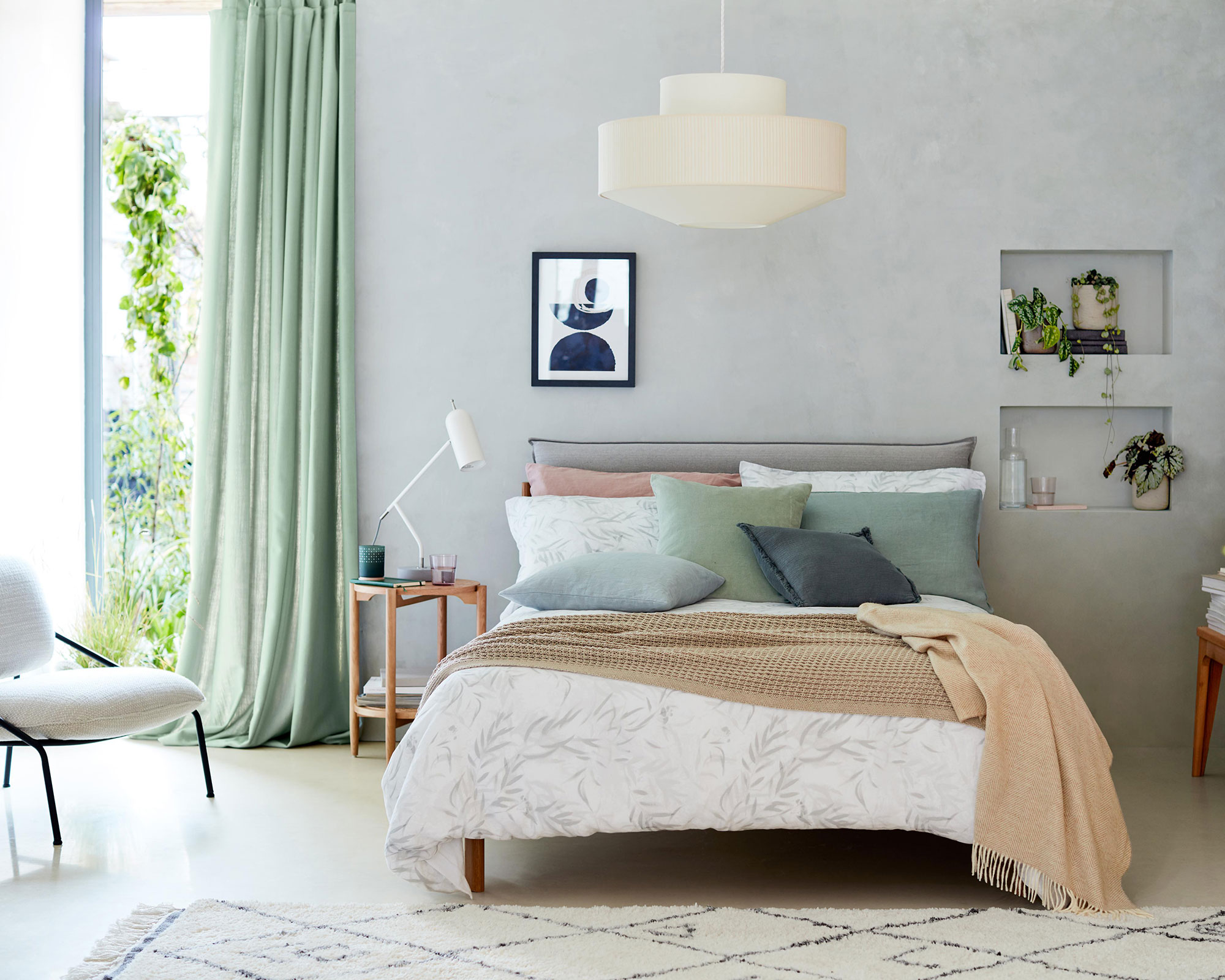
What is the best thread count then? Does it even matter?
You have probably got the gist now that the best thread count is often marketed as being the highest thread count, so anything above 400. But that high number doesn't mean it's actually the best it just means you are getting a denser, heavier sheet. And yes, these high thread count and multi-ply sheets do tend to have that more luxe, hotel feel to them.
However, what if you don't like thick, heavy sheets? Or what if this bid for a high thread count has resulted in a coarse-feeling sheet? That would mean a high thread count wouldn't be the best. So basically, it comes down to personal taste when choosing the best thread count. A 200 thread count set might not be considered 'luxury' but it can still be great quality and have a light and airy feel to it which you may prefer.
As a rule of thumb, we would say a good sheet would be above 200 thread count if you are after something quality. 'Anything below 200 will feel rougher and you will be able to see the weave in the fabric' explains Molly Freshwater, creative director of Secret Linen Store.
This is a thread count that's the most common with cotton sheets and there are plenty of price points too so even if you are on a budget a 200-thread-count sheet is easily achievable. Plus, look out for that multi-ply yarn, and avoid it if you don't like a dense sheet.
Instead, opt for single-ply as 'only very fine, high-quality threads can be used without the plait-like wrapping. explains Jo James. 'Single-ply threads make the most breathable, soft and durable cotton sheets. As a rule, a thread count of 200 or more can be used to make luxury bedding and you should meet anything over 400 with a healthy dose of skepticism as it likely involves multiply, rather than single-ply yarns.'
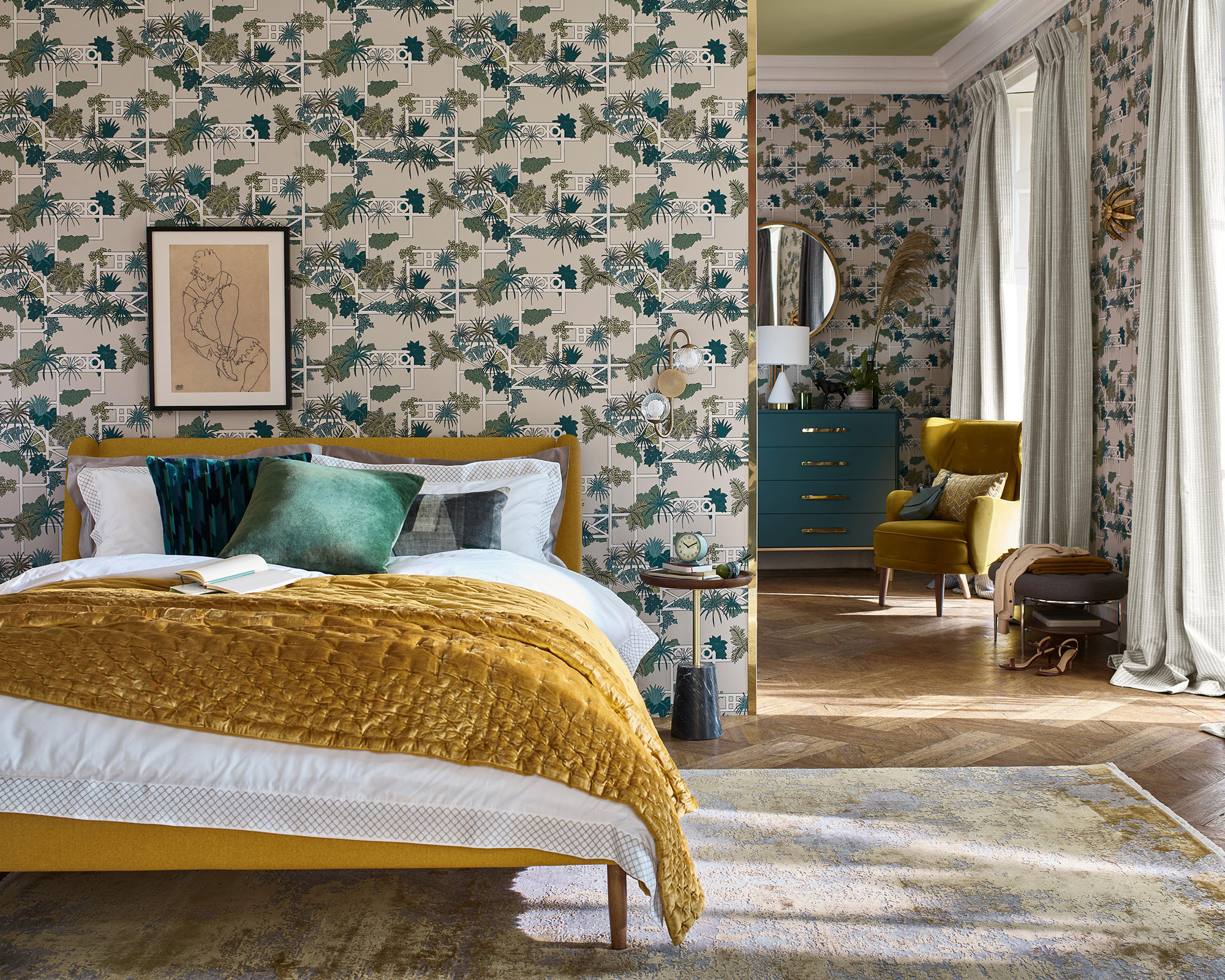
So what makes for the best sheets?
A high thread count can certainly equal great quality, hotel-style sheets but it's not the be-all and end-all. In fact, thread count has very little to do with the most important things you look for when buying sheets – breathability and softness. This is determined by what your sheets are actually made from.
What you need to be looking at when buying sheets, perhaps even more so than thread count is material. It's the quality of the yarn used to create your sheets, not the number of threads, that will determine the quality. You can have the highest thread count going but if that material is poor quality it won't make much difference. And vice versa, a low thread count sheet made from high-quality material can still be an amazing product.
For example, linen – 'when choosing 100% Linen, as the yarns are thicker and slubby, we don't talk about thread count with regards to quality. The quality of 100% linen is dictated by its weight, not threads per square inch.' explains Molly. The same goes for bamboo, which is such a lovely light, breathable material for sheets. It could have the same thread count as say a cotton sheet but the feeling would be totally different.
'To invest in the best, it’s important to look at the raw materials (go for 100% natural), the manufacturing process of the sheets, and the expertise of the makers.' advises Jo.
'If you are choosing cotton bedding, look for long-staple cotton rather than short-staple. Short staple is typically used in fabrics where softness and durability is not so important; it can feel rough and is prone to bobbling. Long-staple fibers are typically used in single-ply sheets which are always going to offer the softest and most breathable fabrics.'
Silk and cotton are usually two of the most popular offerings on the market. But not all silks are the same and on comparing two types of cotton, you'll see differences and nuances in overall feel.
'Choosing the right type of silk for your bed linen can be overwhelming, so select one based on the amount of care you are able to provide for it, so you can ensure it feels soft against your skin,' says Georgia Metcalfe, founder of luxury bedroom retailer, The French Bedroom Company. This is especially important if you are choosing the best silk pillowcase for friction-free sleep against your hair and skin.
'If you’re a fan of soft bed linen, choose charmeuse silk, for something with more texture choose tussah. The thread count is similar but the way it is woven has an impact on how it feels. If you’re not a fan of ironing and like luxurious silk, choose sheets that are textured.'
So lessons learned here? Thread count, while a good measure of your sheets density, means very little else. The key things to look at when buying sheets are the material, how it feels, how breathable it is, what fabric suits you best and how easy they are to clean in your best washing machine. We've got a full guide on how to wash bed sheets laundry day is looming...
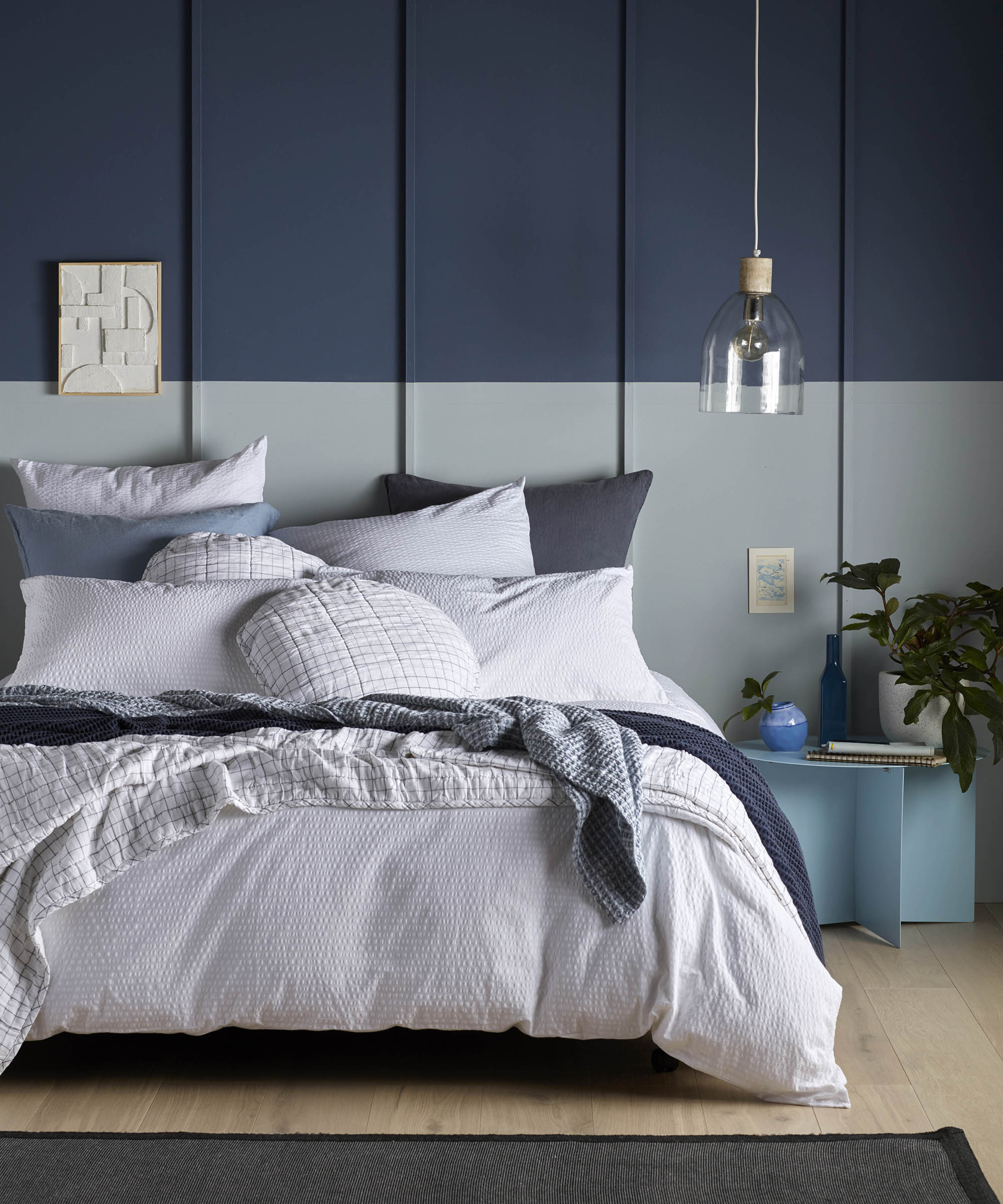
Other factors that might affect feel or perceived thread count
Just to add another layer of complexity, the way your material is woven can play a part in how it feels when you wrap yourself up in the best duvet cover.
For example, while Percale weave might feel crisp to some, it may feel scratchy to others. Brushed cotton or lambswool can feel like you're cuddling a teddy bear, or on the contrary, wearing an itchy jumper. And don't bring up Seersucker in the Real Homes' office – this crimped texture is loved by many of our staff, and loathed by a small majority.
The good news is that most online retailers have a fair returns and exchanges policy, so granted you haven't slept in the sheets, most shops will allow you to send it back if you've felt the material and know it's not right for you.
Department stores with shop fronts are one of the best places to buy bedding. Yes, we know you shouldn't do it, but if the packaging is sealed with a sticker, you might just get away with feeling the material out, again, to gauge its suitability. Or, if the specific bed sheet you're looking for is styled on a bed – don't be afraid to get up close and inspect it. Unless of course, there's a clear 'do not touch' sign – because we won't be held responsible for you getting escorted out of the store.
Ultimately, only you'll know where your preferences lie, but if you want to play it safe and stuck for ideas for a guest bedroom, go for at least a 200 thread count, in a neutral, non-offending colorway for that boutique hotel feel.
Join our newsletter
Get small space home decor ideas, celeb inspiration, DIY tips and more, straight to your inbox!

Hi, I'm the former acting head ecommerce editor at Real Homes. Prior to working for the Future plc family, I've worked on a number of consumer events including the Ideal Home Show, Grand Designs Live, and Good Homes Magazine. With a first class degree from Keele University, and a plethora of experience in digital marketing, editorial, and social media, I have an eye for what should be in your shopping basket and have gone through the internal customer advisor accreditation process.
-
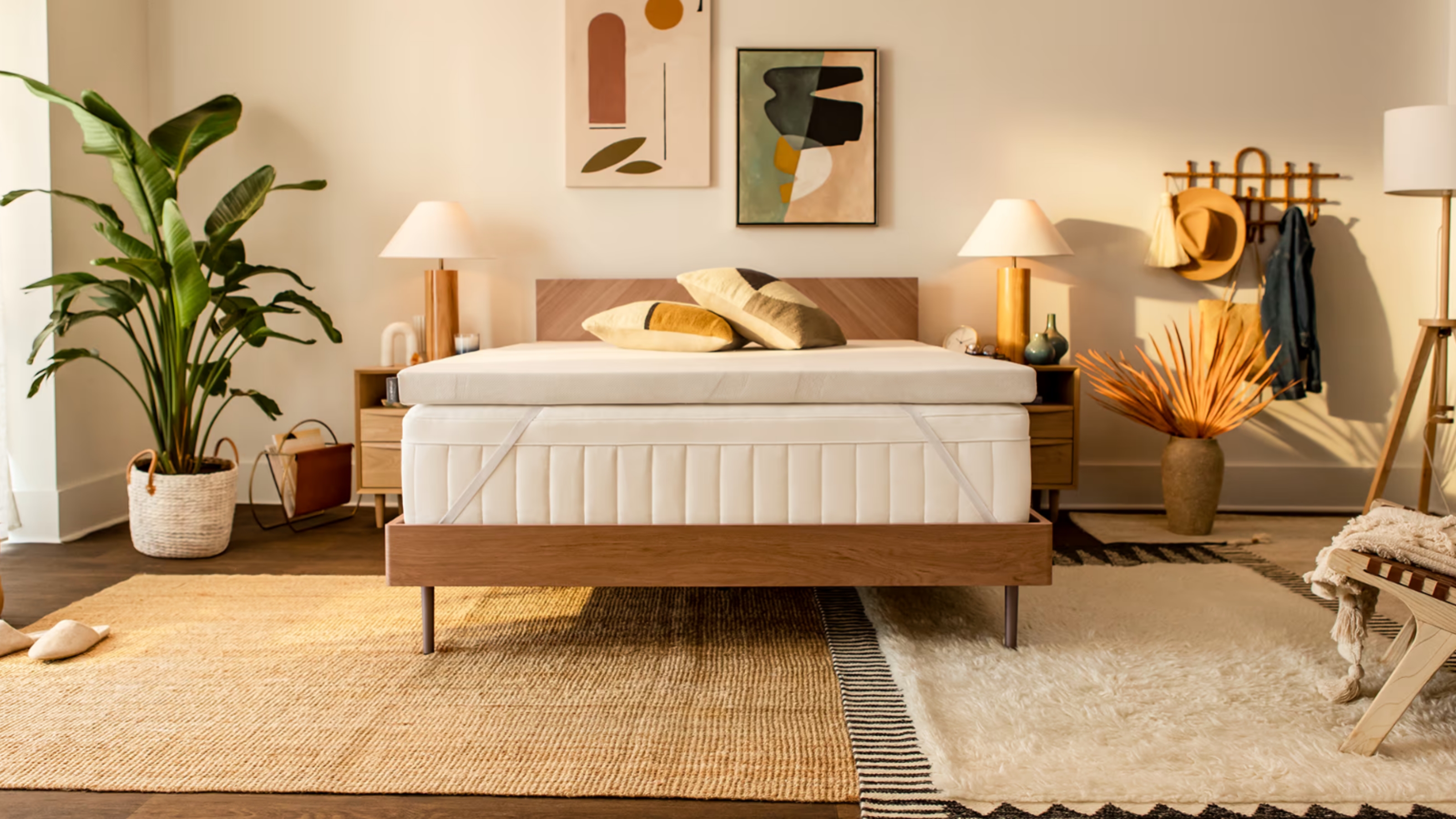
 The TEMPUR-Adapt mattress topper is a dreamy combo of cushion and support
The TEMPUR-Adapt mattress topper is a dreamy combo of cushion and supportOur contributing editor reviews the TEMPUR-Adapt mattress topper for two weeks in her home
By Paige Cerulli Published
-
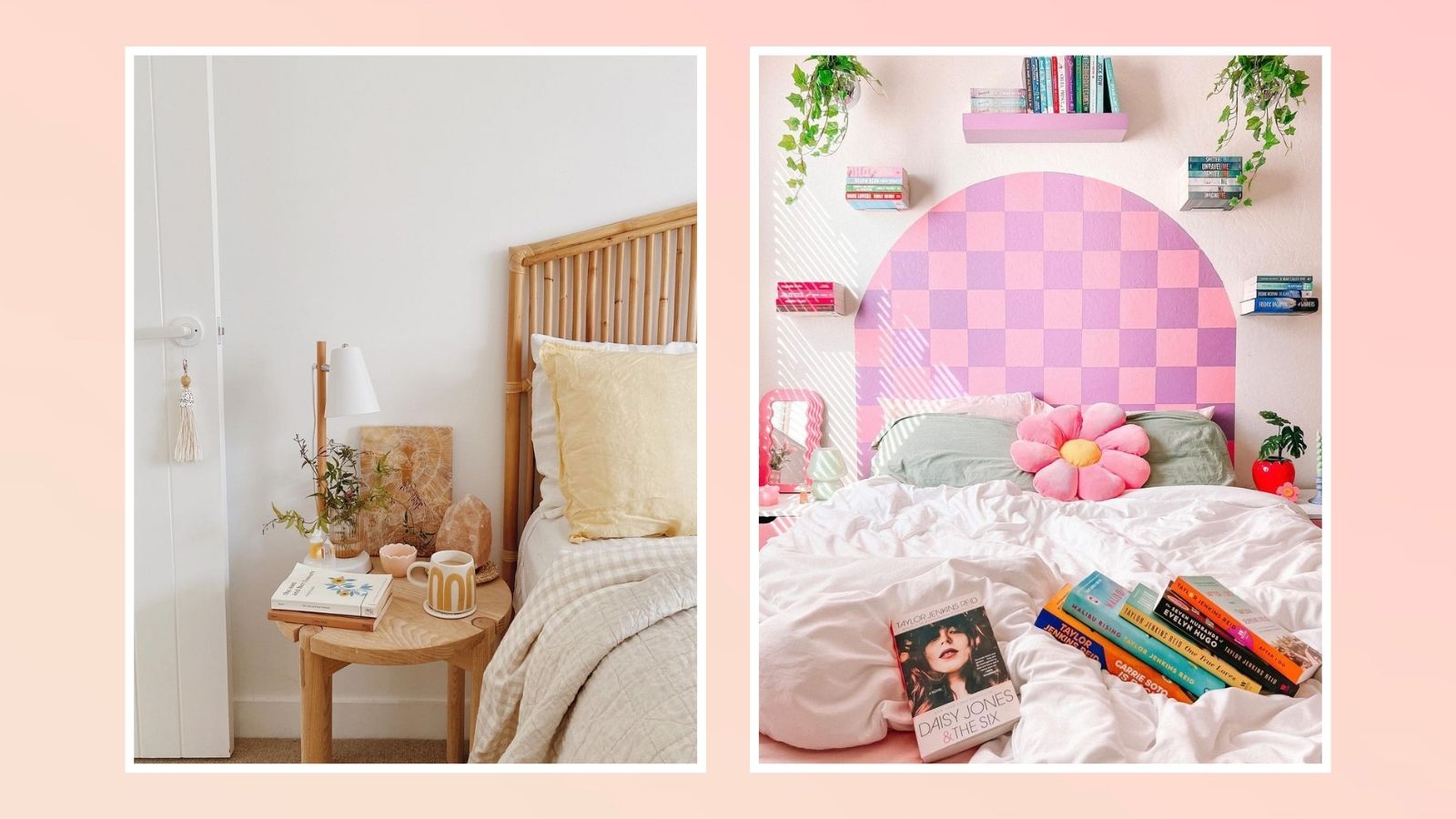 What is the happiest color for a small bedroom? Here's what experts recommend for a dopamine boost
What is the happiest color for a small bedroom? Here's what experts recommend for a dopamine boostWhat is the happiest color for a small bedroom? Paint experts from Benjamin Moore and Sherwin-Williams spill
By Danielle Valente Published
-
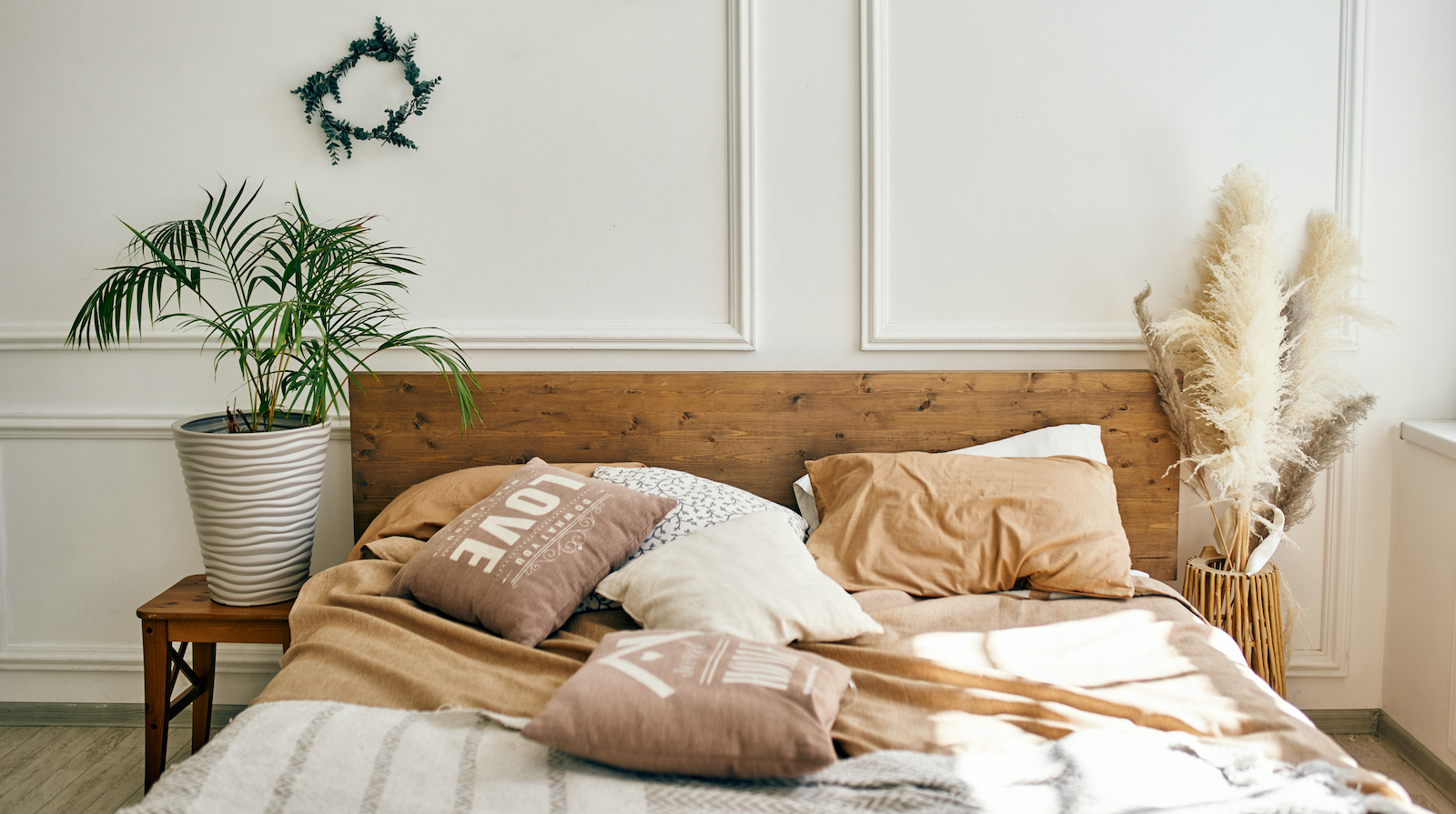 How to make a small bedroom cozy — designers reveal their non-negotiable rules
How to make a small bedroom cozy — designers reveal their non-negotiable rulesOur edit of how to make a small bedroom cozy features designer-backed tips and items to help achieve the look
By Danielle Valente Published
-
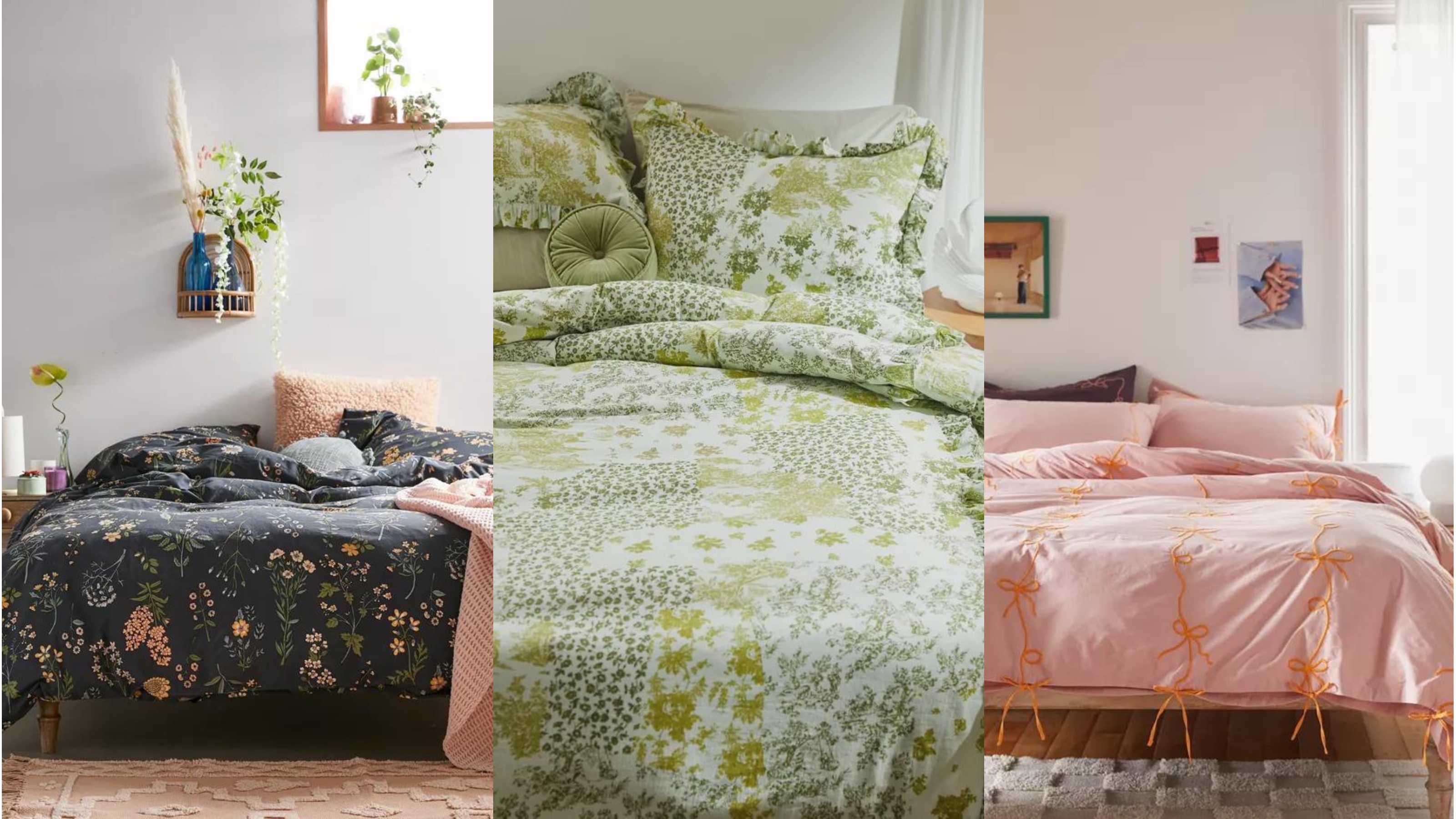 Out of 70+ options, these Urban Outfitters duvet covers are the best for comfort and style
Out of 70+ options, these Urban Outfitters duvet covers are the best for comfort and styleShop these Urban Outfitters duvet covers as rated and reviewed by real customers. Includes twin, twin XL, full, queen, and king sizes in a variety of colors and materials.
By Lauren Bradbury Published
-
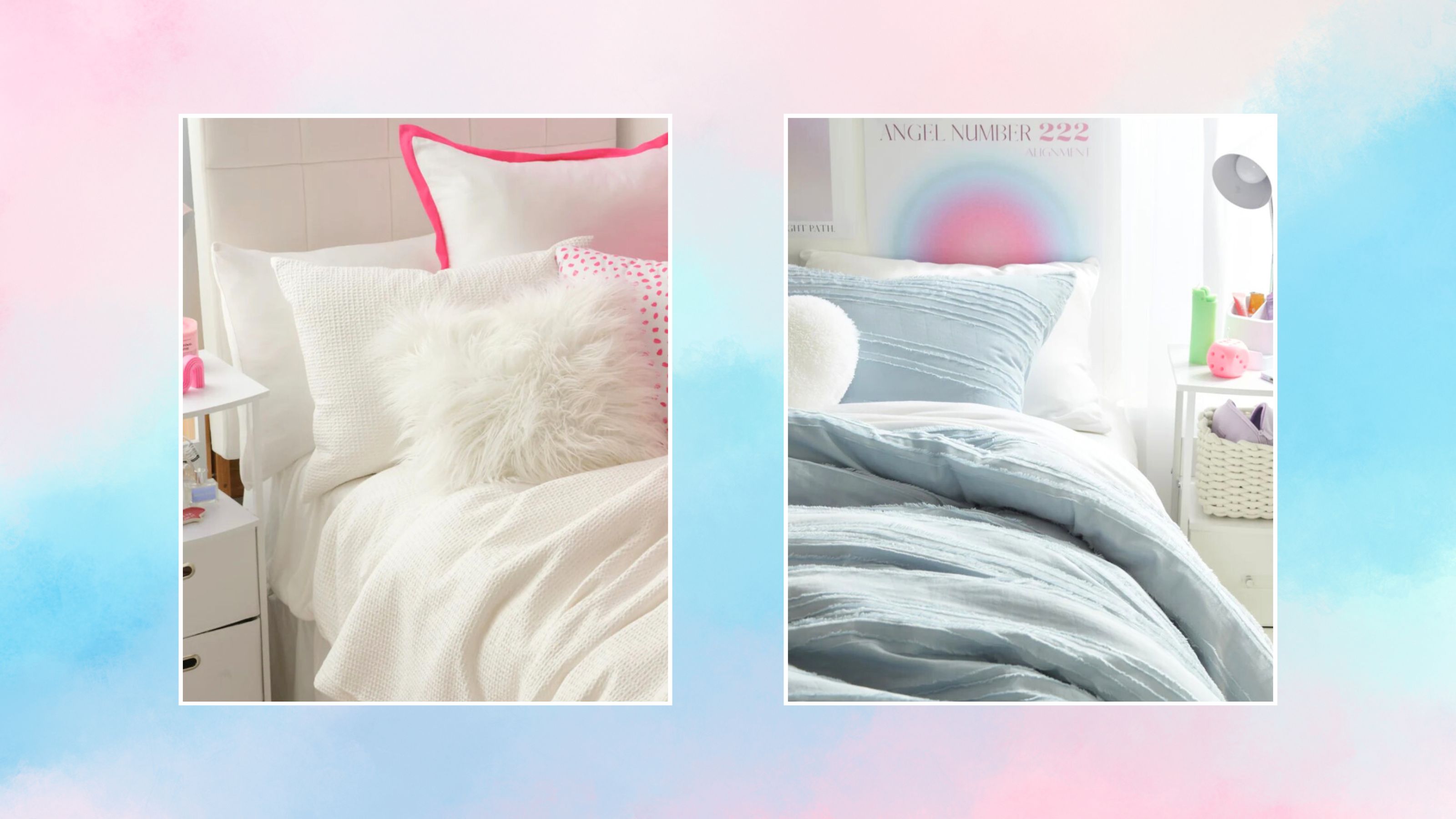 These dreamy Dormify bedding buys will make your dorm room cozy and cute
These dreamy Dormify bedding buys will make your dorm room cozy and cuteFrom comforters to sheets, we've picked nine Dormify bedding buys that will make your new room feel comfy and inviting...
By Eve Smallman Published
-
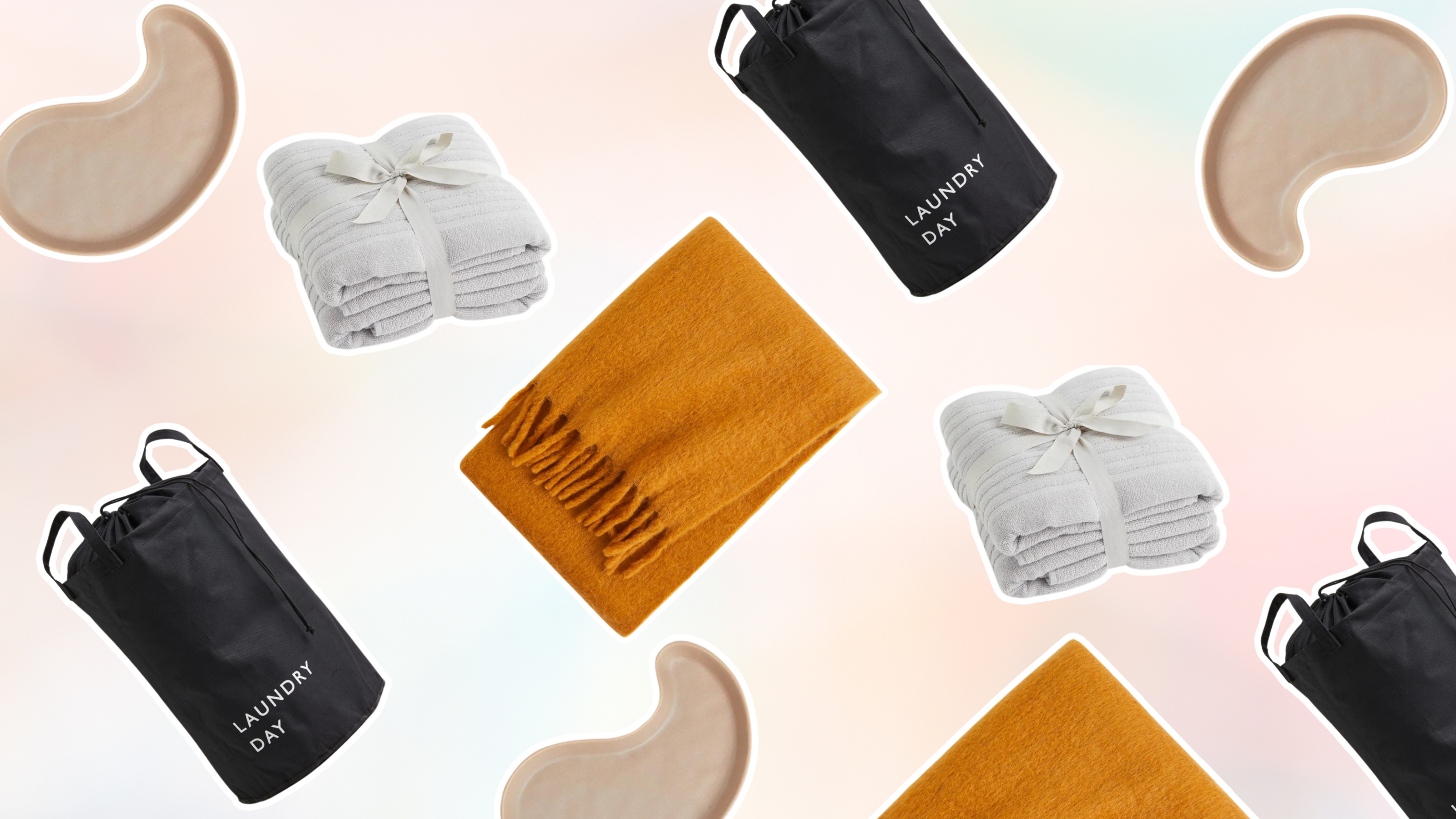 Out of 120 items in H&M's dorm section, these 9 caught my eye — and they're on sale
Out of 120 items in H&M's dorm section, these 9 caught my eye — and they're on saleGet ready for next semester with the smartest fall finds from the H&M dorm section
By Christina Chrysostomou Published
-
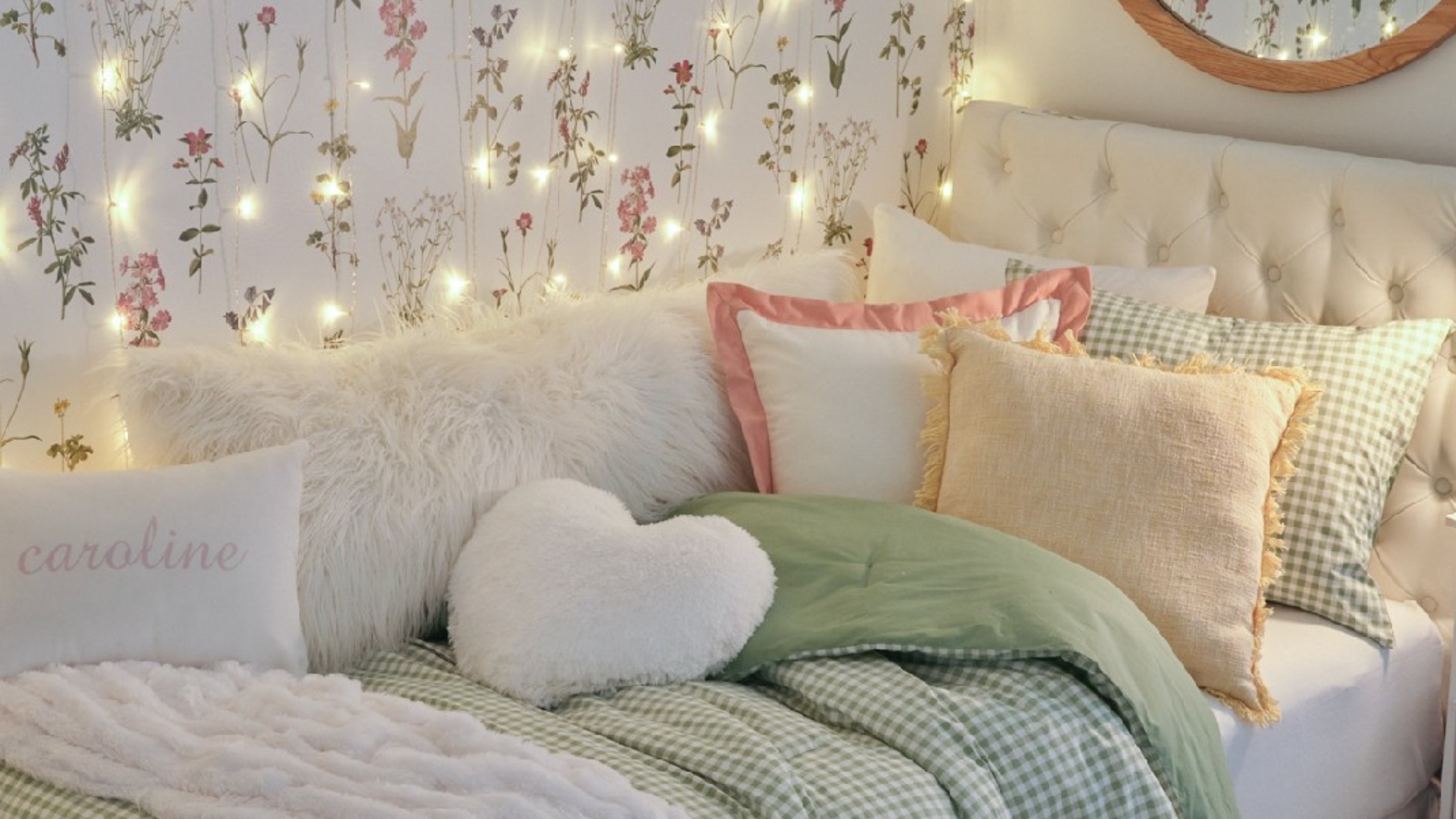 6 ways to stay warm in your dorm room when it's freezing outside
6 ways to stay warm in your dorm room when it's freezing outsideFeeling the chill this semester? See our top ways to stay warm in your dorm room without pissing off your roommate or RA including bedding ideas.
By Kara Thompson Published
-
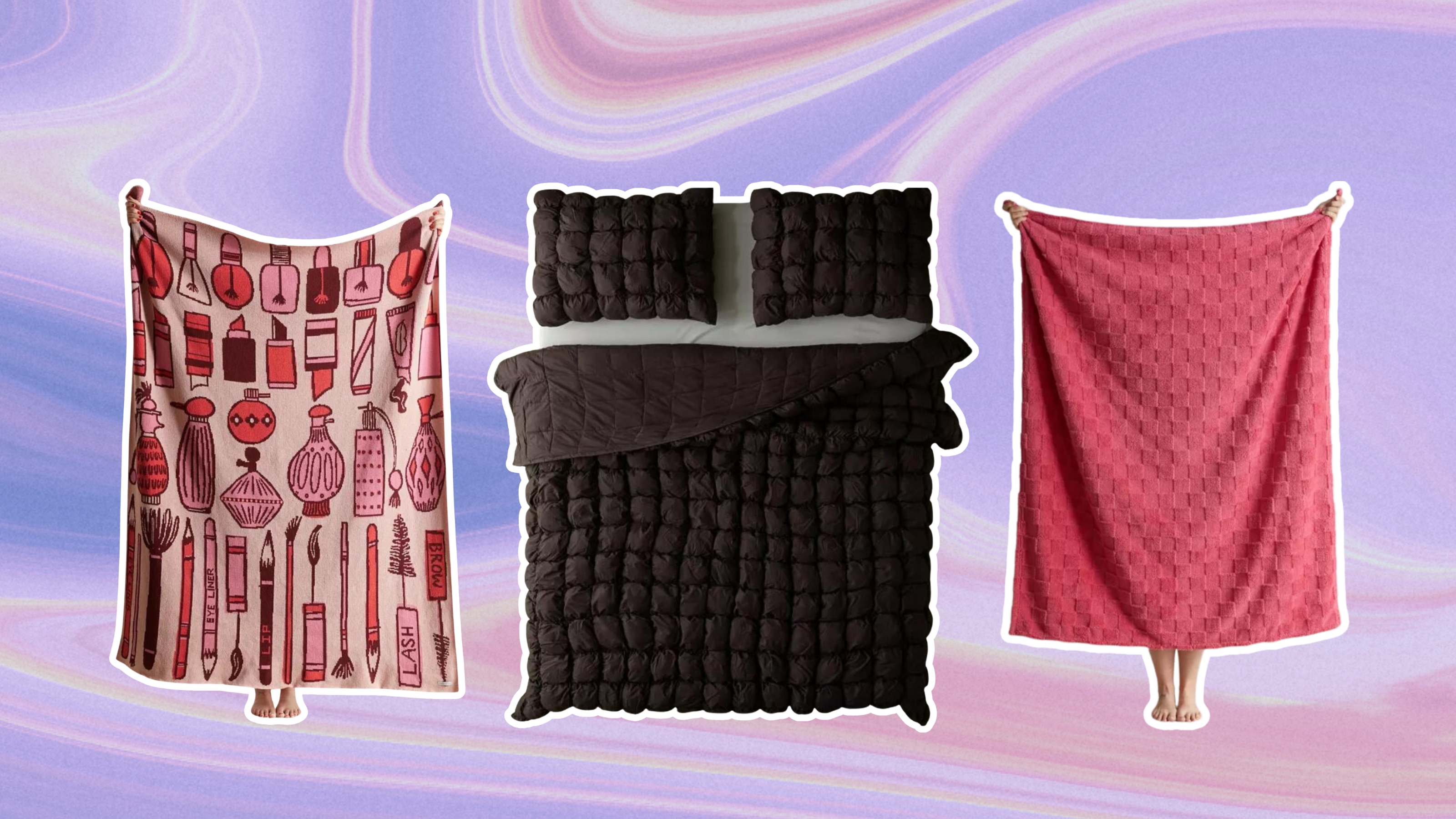 The Urban Outfitters bedding sale makes me want to cancel my Friday night plans
The Urban Outfitters bedding sale makes me want to cancel my Friday night plansYou'll find everything in the Urban Outfitter's bedding sale including pillows, shams, buttery blankets, and cozy comforters
By Christina Chrysostomou Published